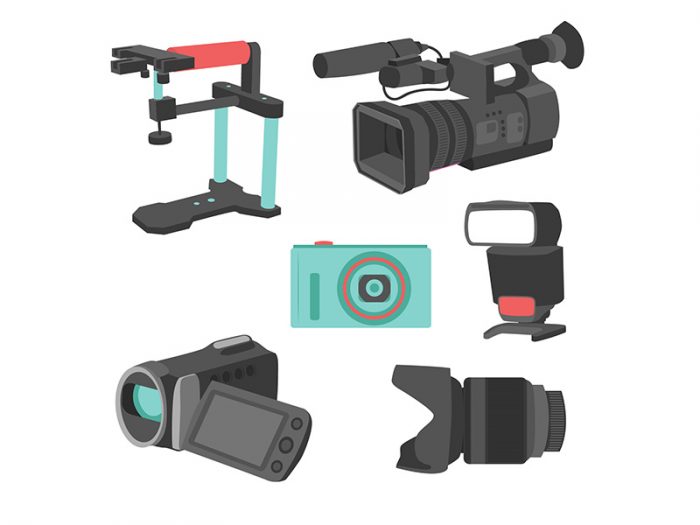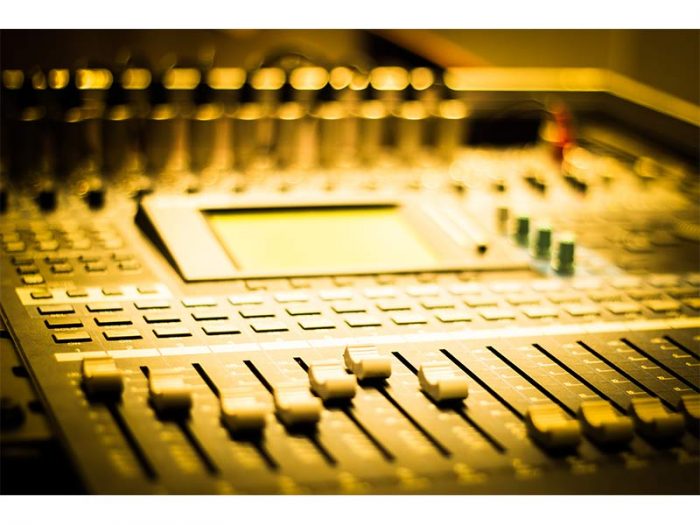In a nutshell, what is multi-camera filming?
Multi-camera refers to any process of filming where more than one camera is used to record footage. The technique, first used in a Russian historical film called ‘Defence of Sevastopol’, is now more commonly employed in Live TV and video production services, to allow the editor or director to cut between cameras at their discretion.
The standard set up for a multi-camera shoot usually consists of 3-4 cameras pointing at the same subject. The central cameras focus on a wide shot, allowing you to see the whole location or set, the outer cameras are used for close ups on the subject, capturing the details of the action. However multi-cameras can be operated in many different set ups, dependant on both the subject and the director.

The second style of multi-camera filming is recorded as live, removing the need for a post production work flow. However, it does require more specialist equipment. Multiple cameras with SDI or HDMI output are needed, sending the video signal to a specialist piece of equipment called a vision mixer, allowing an operator to cut between cameras.
The vision mixer will then either record the output (which is one video with all the cuts made by the vision mixer) or send the output to a recording device. Using this technique will usually require a specialist sound recording desk to record the audio separately or to simultaneously send the audio to the vision mixer.
What specialist equipment, expertise or process are involved?
There are two different techniques of multi-camera filming, the first utilises more than one camera; recording onto each, then bringing the footage into an non-linear editing software (NLE). After the footage is synced, the editor then cuts between the cameras in post production. No specialist equipment is needed for this technique.
Why should I consider using multi-camera filming in my video production?
The main reason for using multi-camera filming is for a live programme, such as television show, a music performance, or theatre and sports. It is used in this situation because the subject that you are filming can not be stopped during their performance to reframe or repeat a shot.
Since a second take is not an option, the other camera can get all the shots that you need while your subject is doing their performance.
When wouldn’t multi-camera filming be ideal for my video production?
Multi-camera is not needed if at any point your subject can stop their performance. When not needed multi-camera filming can be extremely expensive, due to the multiple pieces of equipment needed, and the large space needed to fit the equipment. For example, multi-camera filming will not be suitable to use in a small office space as there just isn’t enough square footage.

In Summary
Multi-camera is a very useful tool if you need to film something as live without stopping, it also works well if you need to film something quickly and get the show out fast because of the opportunity to bypass the post production stages.
Useful links
